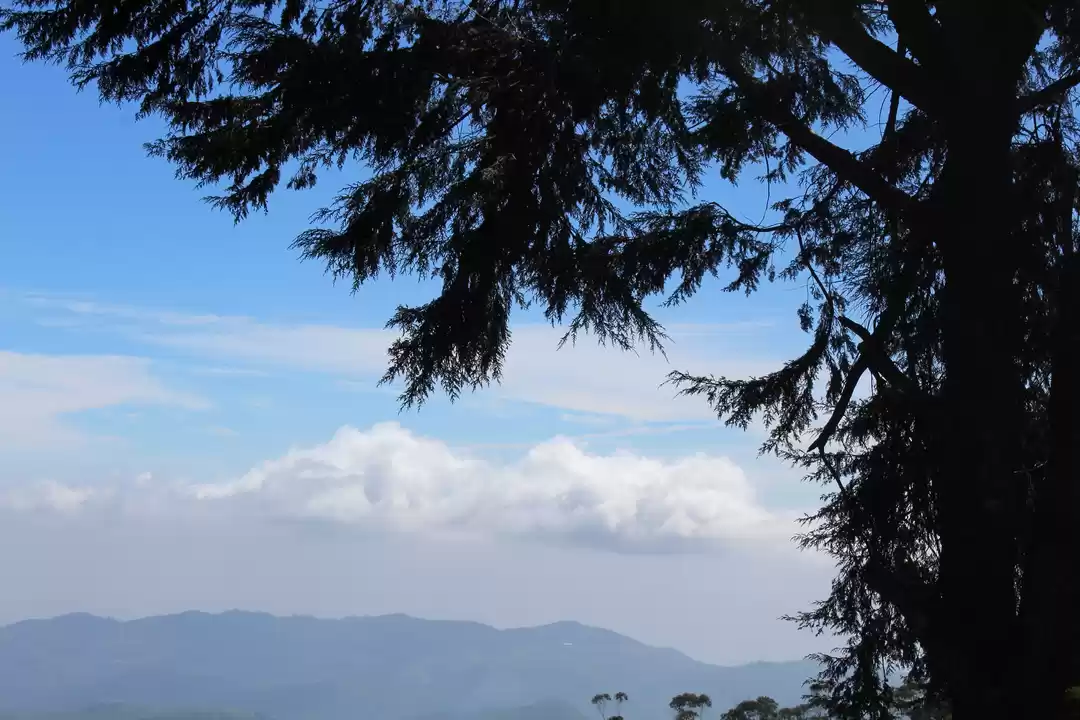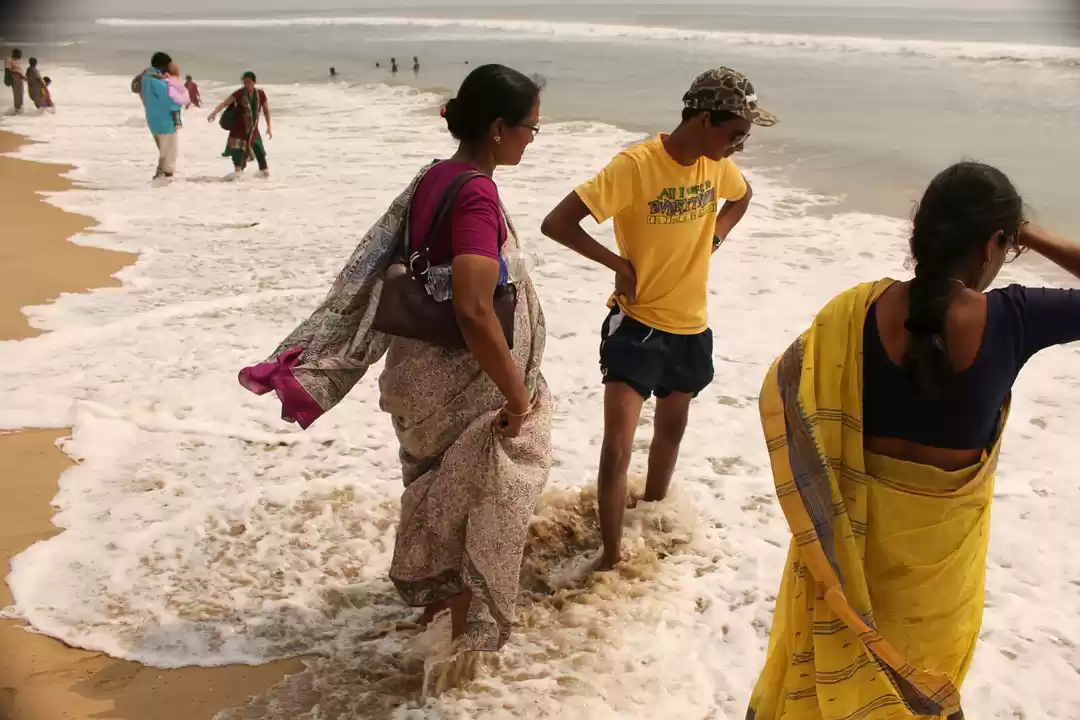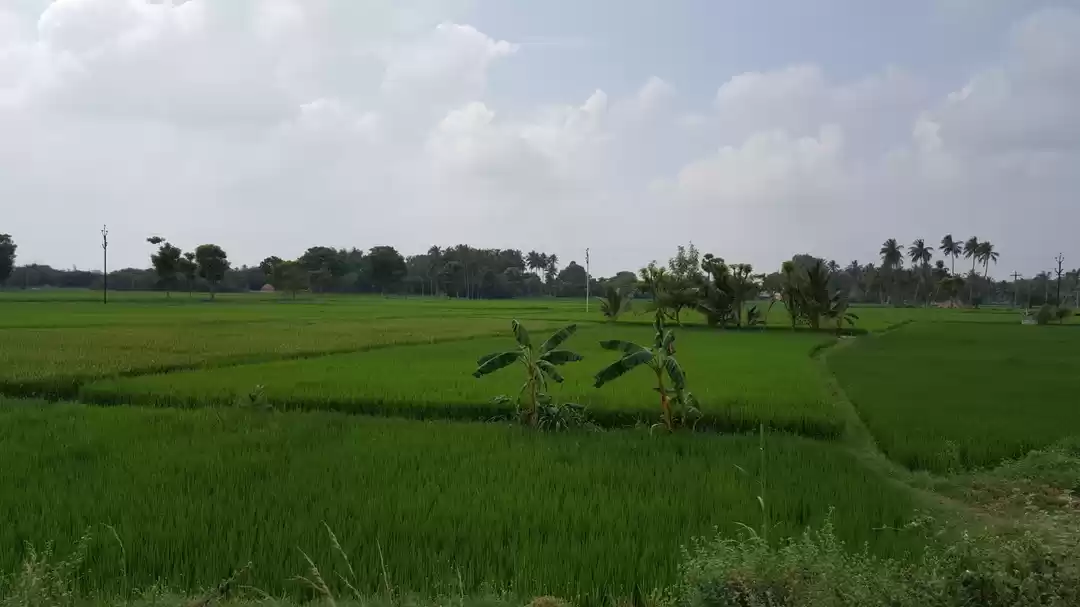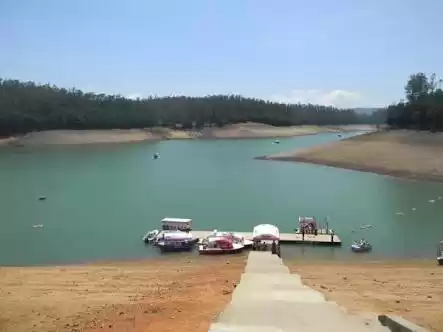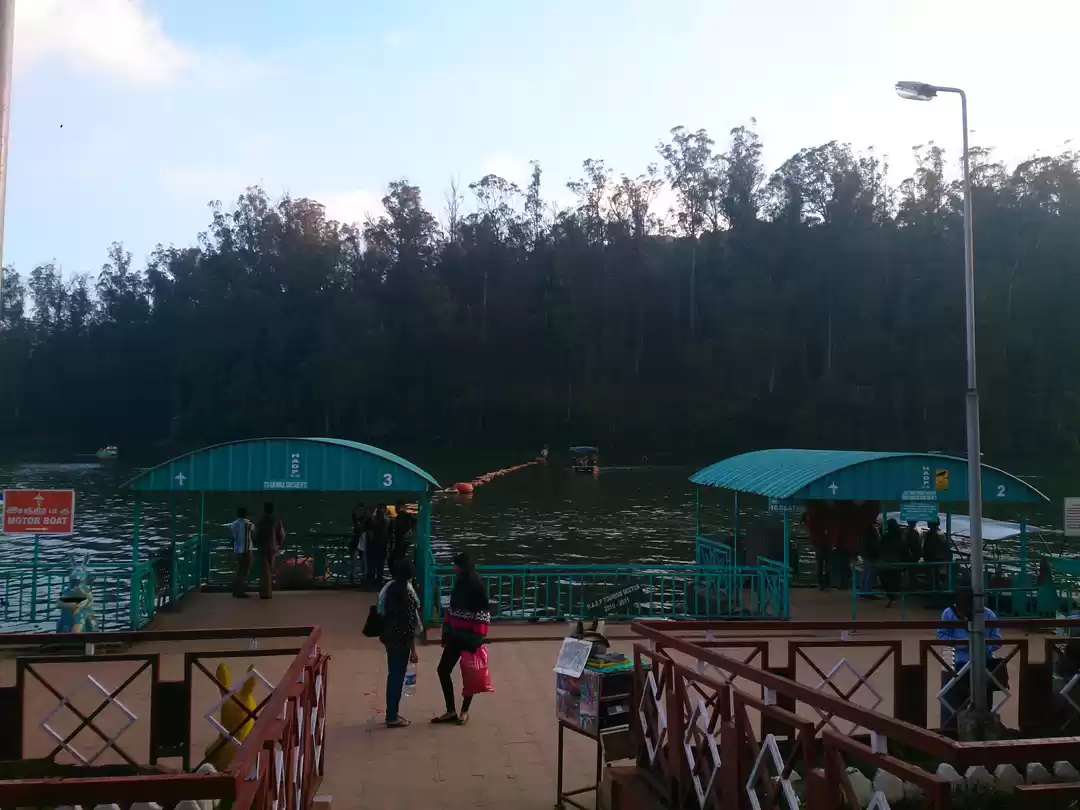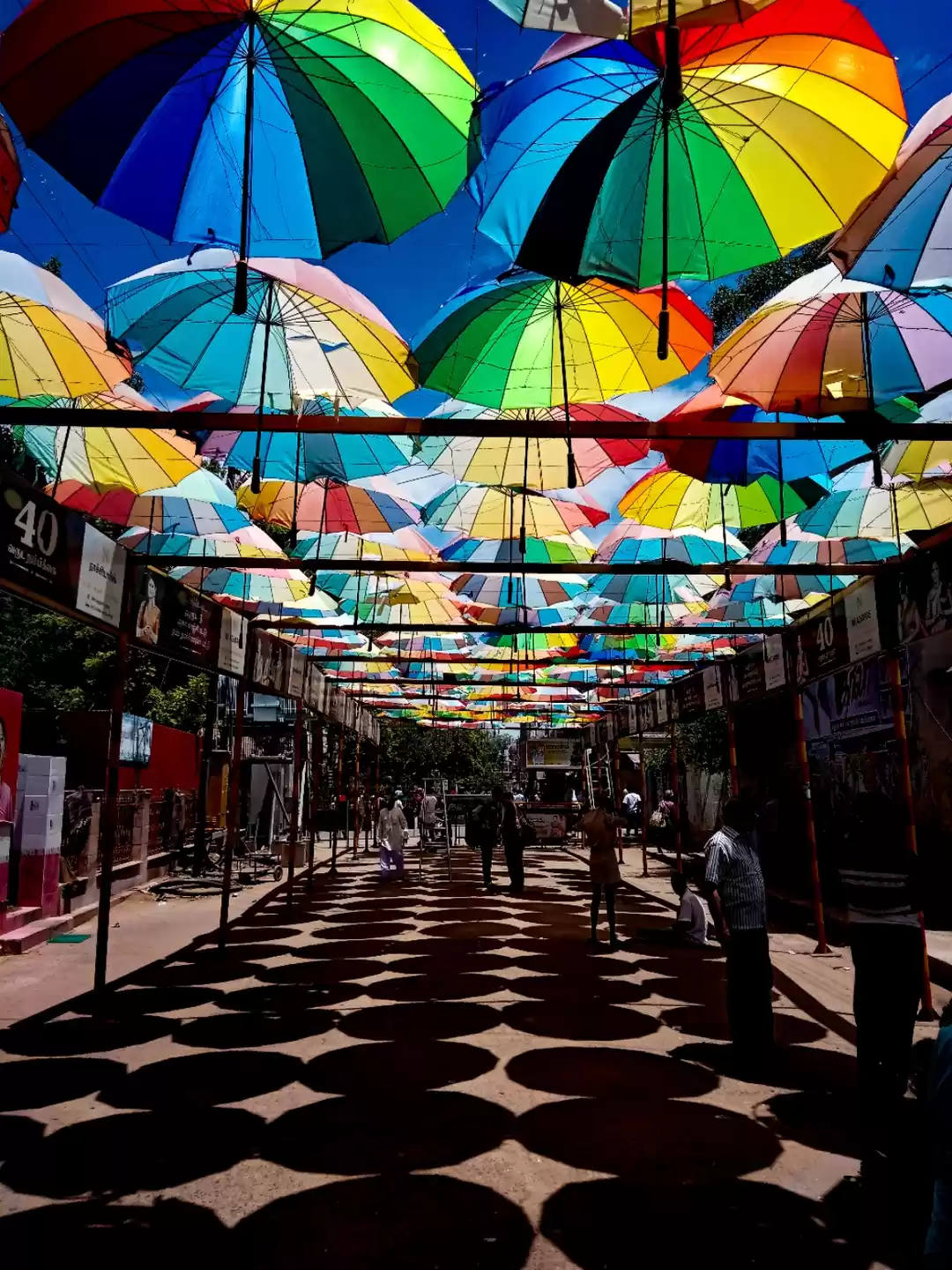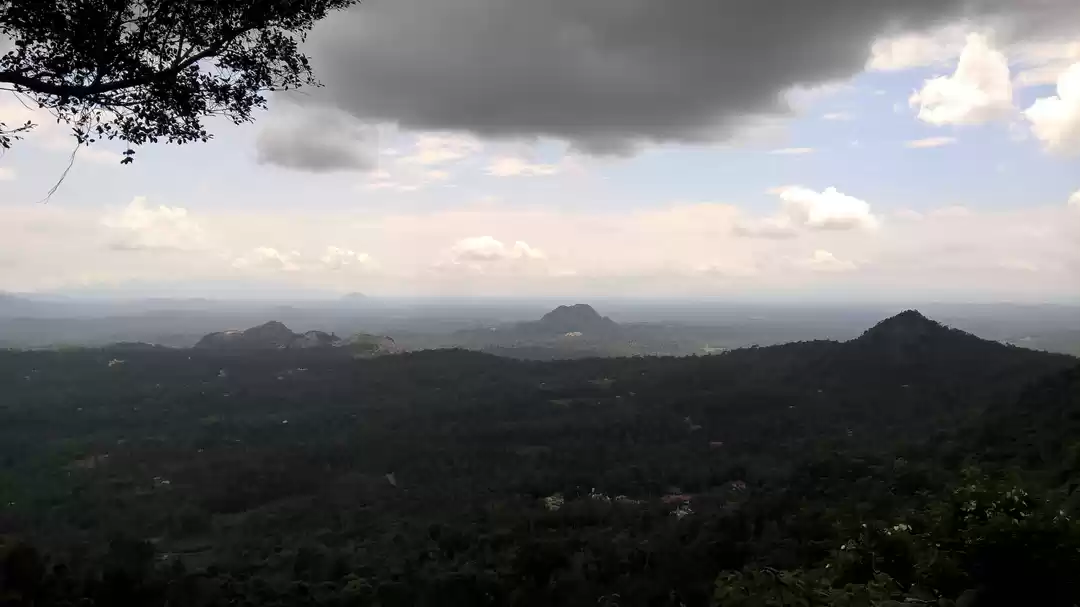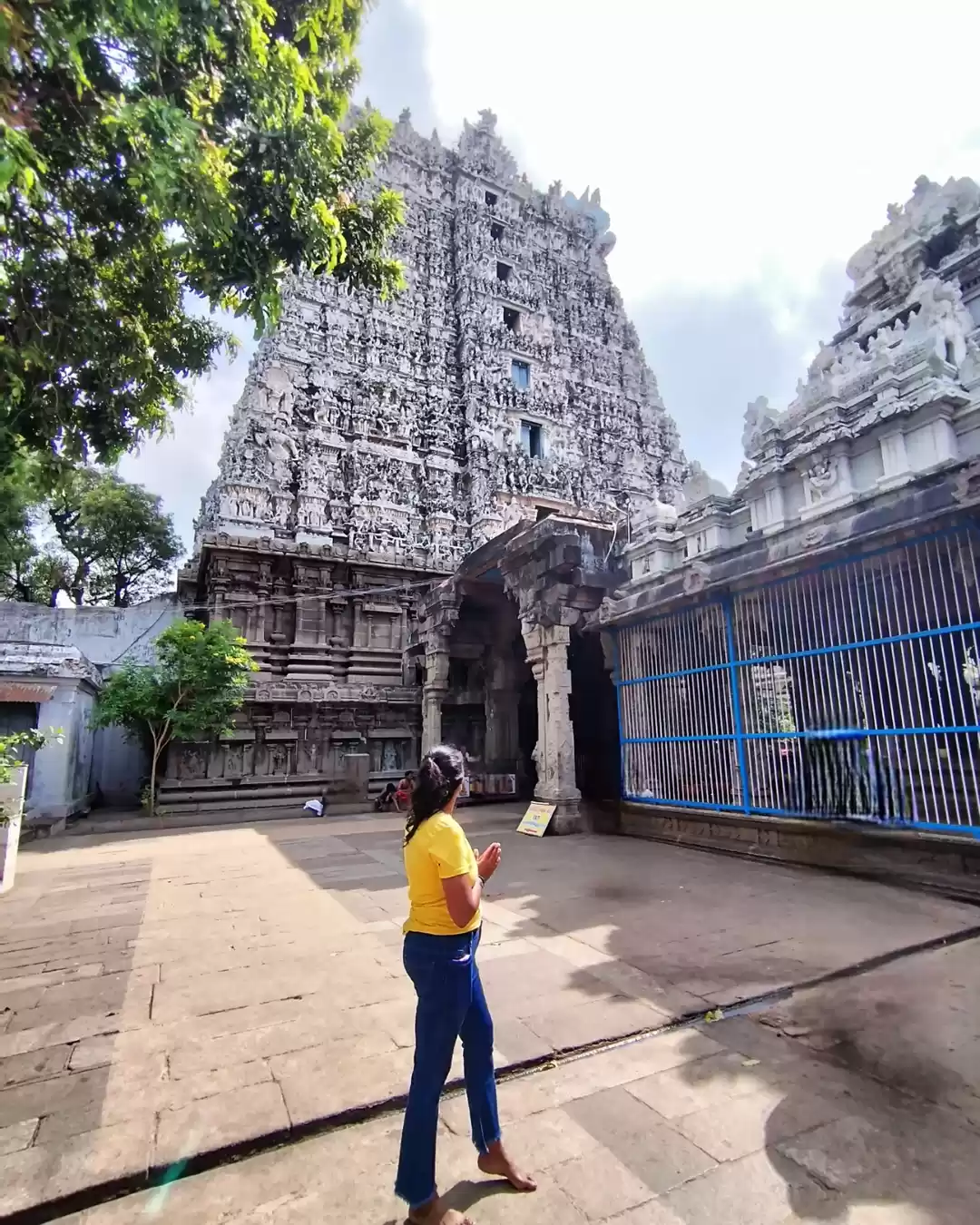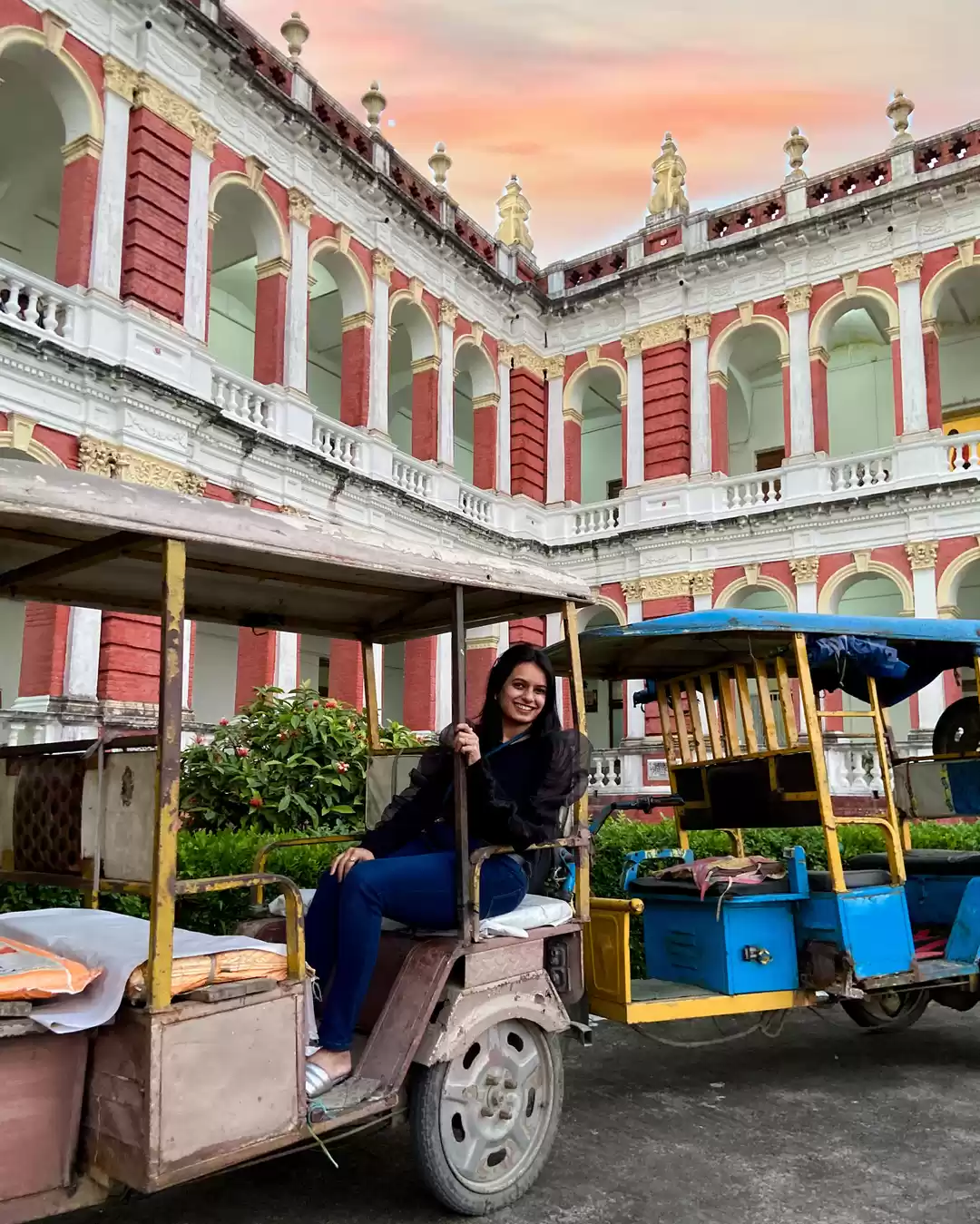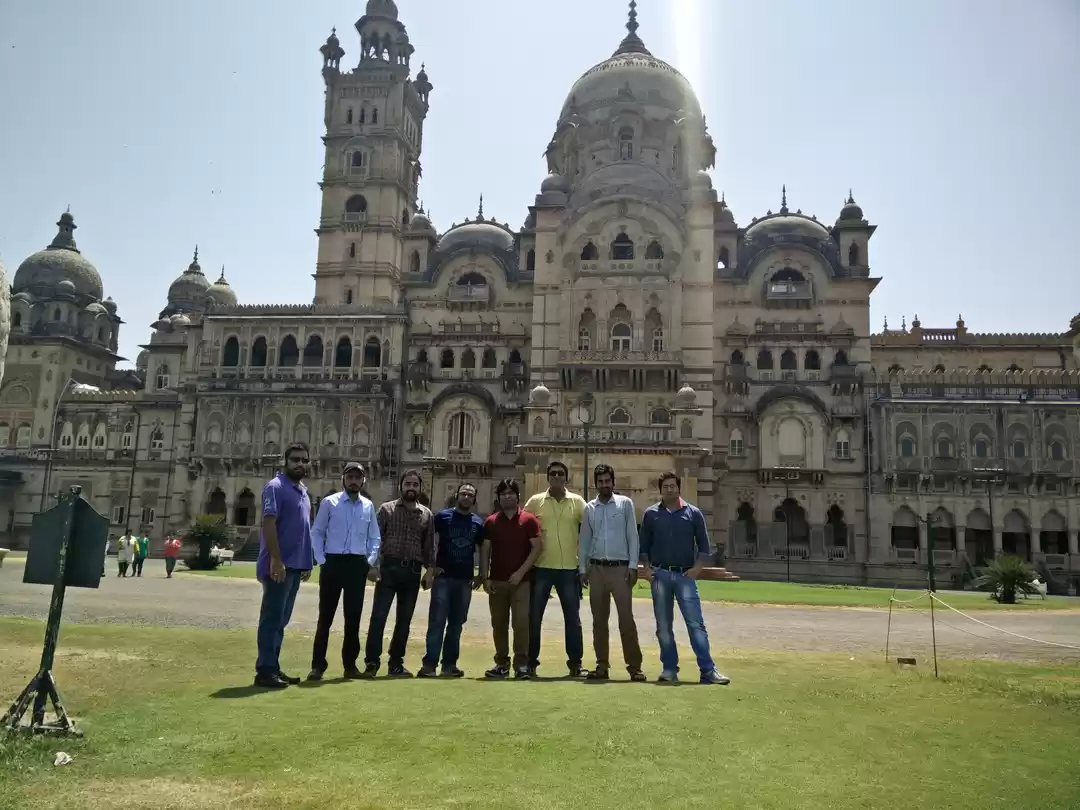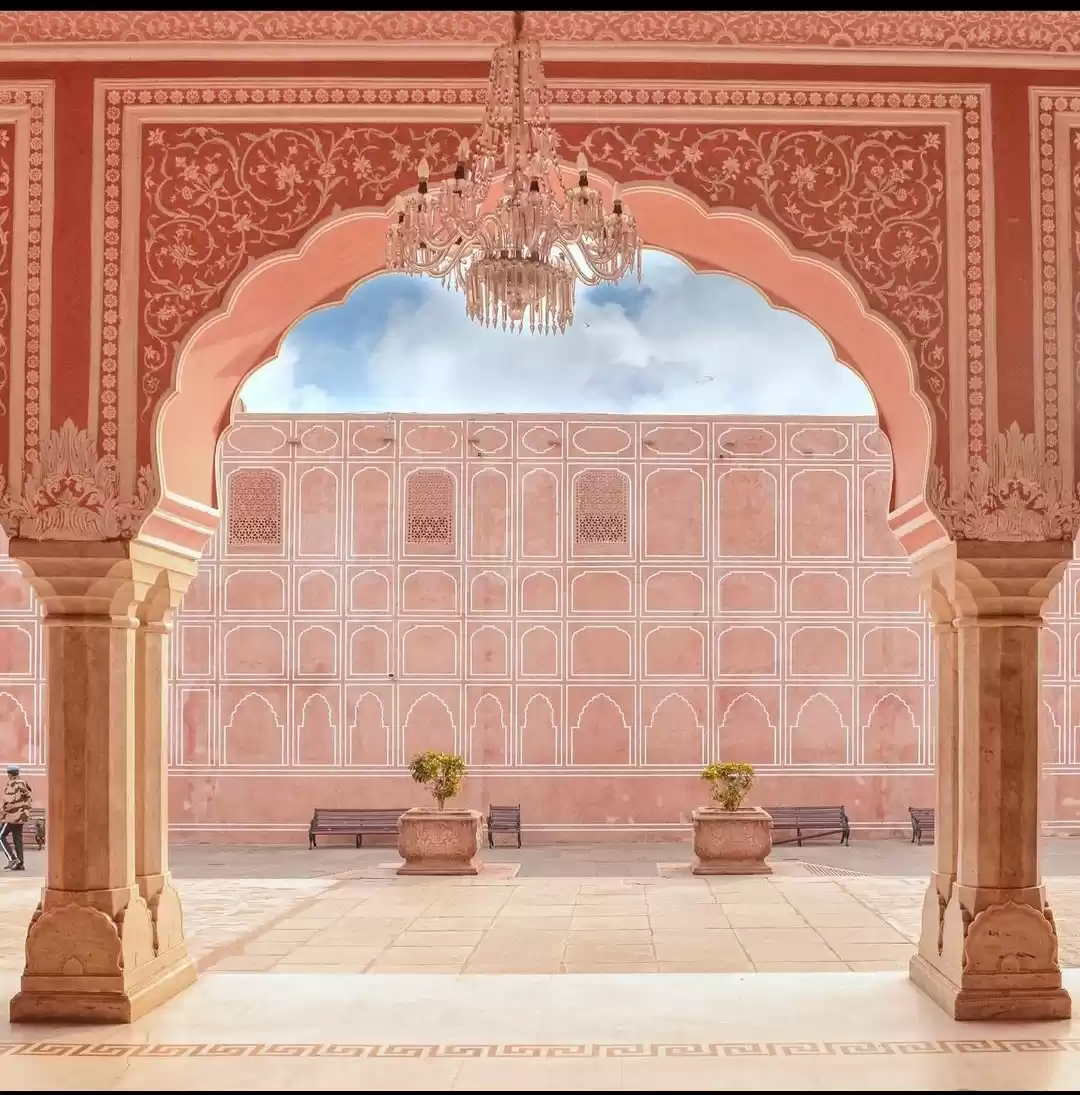Have you ever wondered what it was like to live in a palace that was once the seat of a powerful kingdom? Have you ever admired the intricate and exquisite woodwork, carvings, paintings, and murals that adorn the walls and ceilings of ancient palaces? Have you ever been fascinated by the secrets and stories that lie behind the doors and passages of royal residences?
If you answered yes to any of these questions, then you should definitely visit Padmanabhapuram Palace, a historical and architectural marvel in South India. Padmanabhapuram Palace is a magnificent Kerala style palace located in Padmanabhapuram, a small town in Kanyakumari district of Tamil Nadu.
The palace is owned, controlled, and maintained by the government of the neighbouring state of Kerala, as it was once the capital of the Travancore kingdom that ruled over the southern regions of present-day Kerala.
Padmanabhapuram Palace is one of the best examples of traditional Kerala architecture and craftsmanship, and one of the oldest surviving wooden palaces in India. The palace complex covers an area of about six acres and consists of several structures and sections, each with its own unique features and attractions. The palace is also rich in history and culture, as it witnessed the rise and fall of several rulers and dynasties, as well as their achievements, conflicts, and traditions.
In this article, we will take you on a virtual tour of Padmanabhapuram Palace and tell you everything you need to know about this amazing heritage site. We will also tell you how to visit this palace from different nearby locations or cities, what are the best times to visit, how much it costs to enter, and what are the other places to visit near the palace. By the end of this article, we hope that you will be inspired to add Padmanabhapuram Palace to your bucket list and plan your next trip to this stunning destination.

History of Padmanabhapuram Palace
Padmanabhapuram Palace has a long and illustrious history that dates back to the 16th century. The palace was constructed around 1601 CE by Iravi Varma Kulasekhara Perumal, who ruled Venad (the former name of Travancore) between 1592 and 1609. He built the palace as a symbol of his power and prestige, and named it after his family deity Sree Padmanabha, a form of Lord Vishnu.
The palace was later rebuilt and expanded by King Anizham Thirunal Marthanda Varma (1706-1758), who is considered the founder of modern Travancore. He dedicated his kingdom to Sree Padmanabha and ruled as his servant or dasa. He also renovated the palace in accordance with the principles of Vaastu Shastra (the ancient Indian science of architecture) and added many new structures and features to it.
The palace continued to serve as the capital and residence of the Travancore kings until 1795, when King Balarama Varma (1798-1810) shifted the capital to Thiruvananthapuram (also known as Trivandrum), which was closer to the sea and more accessible. The palace then lost its former glory and importance, but remained under the ownership and control of the Travancore royal family.
After India’s independence in 1947, Travancore merged with Cochin to form Travancore-Cochin state, which later became part of Kerala state in 1956. However, Padmanabhapuram Palace remained as an enclave of Kerala within Tamil Nadu, as per an agreement between the two states. The palace is now maintained by the Kerala Archaeology Department as a protected monument and a museum.
Architecture of Padmanabhapuram Palace
Padmanabhapuram Palace is a masterpiece of Kerala style architecture, which is characterized by sloping roofs, wooden pillars, carved brackets, lattice windows, mural paintings, etc. The palace is made entirely of wood, except for the outer walls which are made of granite. The wood used for the palace is mainly teak, rosewood, jackfruit wood, etc., which are known for their durability and beauty.
The palace is divided into several sections, each with its own name and function. Some of the main sections are:
Poomukham: The main entrance or gateway to the palace, which has a clock tower on the left corner. The clock was installed in 1832 and is still functional. The poomukham also has a balcony with intricate filigree work in wood, where the king used to address his subjects or watch ceremonies.
Thai Kottaram: The oldest and core part of the palace, also known as Darpakulangara Koikkal or Mother’s Palace. It was built by Iravi Varma Kulasekhara Perumal and later renovated by Marthanda Varma. It has a central courtyard with a four-pillared structure called Ekantha Mandapam or Chamber of Solitude, where the king used to meditate or relax. The Thai Kottaram also has a secret underground passage that leads to a nearby temple.
Nataksala: The hall of performance or entertainment, where the king and his guests used to watch dance, music, drama, etc. It was built by King Swathi Thirunal (1813-1846), who was a patron of arts and culture. The Nataksala has a wooden floor that produces sound when tapped, a sloping roof that enhances the acoustics, and a peep-hole window that allows the king to watch the performances without being seen.
Mantrasala: The council chamber or meeting hall, where the king used to hold important discussions with his ministers and advisors. It was built by Marthanda Varma and is considered one of the most beautiful parts of the palace. The Mantrasala has exquisite carvings, paintings, and windows that depict various scenes from Hindu mythology and history.
Uppirikka Malika: The four-storeyed mansion or palace, where the king and his family used to live. It was also built by Marthanda Varma and is the tallest and most imposing structure in the palace complex. The Uppirikka Malika has several rooms and features, such as the king’s bedroom, the queen’s dressing room, the dining hall, the treasury, etc. The king’s bedroom has a bed made of 64 types of medicinal wood, a ceiling with 90 panels of paintings, and a secret chamber for storing valuables.
Attractions of Padmanabhapuram Palace
Padmanabhapuram Palace is not only a historical and architectural marvel, but also a treasure trove of art and culture. The palace has many attractions that showcase the skill and creativity of the craftsmen and artists who worked on it. Some of the attractions are:

Clock Tower:
The clock tower at the poomukham is one of the oldest clocks in India and still works perfectly. It has a single hand that shows the time in hours and half-hours. It also has a mechanism that strikes every hour with different sounds, such as a conch, a drum, a bell, etc.

Council Chamber:
The council chamber or mantrasala is one of the most beautiful parts of the palace, with exquisite carvings, paintings, and windows. The windows are made of mica sheets that allow natural light to enter but keep out heat and dust. The paintings depict various scenes from Hindu mythology and history, such as Ramayana, Mahabharata, Krishna Leela, etc.

King’s Bedroom:
The king’s bedroom or thajavur kottaram is one of the most impressive parts of the palace, with a bed made of 64 types of medicinal wood, a ceiling with 90 panels of paintings, and a secret chamber for storing valuables. The bed is said to have healing properties and was used by Marthanda Varma to cure his rheumatism. The paintings on the ceiling are made of natural colours and depict various aspects of nature, such as flowers, birds, animals, etc.
Secret Passages:
The palace has several secret passages that were used by the king and his family for escape or security purposes. One of them is located in the Thai Kottaram and leads to a nearby temple. Another one is located in the Uppirikka Malika and leads to an underground tunnel that connects to another palace in Thuckalay.
Museum:
The palace also houses a museum that displays various artifacts and objects that belong to the Travancore royal family or were used in the palace. Some of them are weapons, armour, coins, stamps, furniture, utensils, musical instruments, etc. The museum also has a collection of antique Chinese jars that were gifted by Chinese merchants to the Travancore kings.
How to Visit Padmanabhapuram Palace
Padmanabhapuram Palace is located in Padmanabhapuram town in Kanyakumari district of Tamil Nadu. However, it is owned and maintained by Kerala, and is considered as an enclave of Kerala within Tamil Nadu.
The palace is about 20 km from Nagercoil, the headquarters of Kanyakumari district, and about 52 km from Thiruvananthapuram, the capital of Kerala.

The palace is easily accessible by various modes of transport from different nearby locations or cities. Some of the options are:
By Bus:
There are frequent buses available from Nagercoil, Thiruvananthapuram, Kanyakumari, and other nearby towns to Padmanabhapuram. The bus fare ranges from Rs. 20 to Rs. 50 depending on the distance and type of bus. The bus stop is about 1 km from the palace entrance.
By Train:
The nearest railway station to Padmanabhapuram Palace is Eraniel, which is about 6 km away. Eraniel is well connected by trains from Nagercoil, Thiruvananthapuram, Kanyakumari, and other major cities in South India. The train fare ranges from Rs. 10 to Rs. 100 depending on the distance and class of travel. From Eraniel, one can take an auto-rickshaw or a taxi to reach the palace.
By Taxi:
One can also hire a taxi or a cab from Nagercoil, Thiruvananthapuram, Kanyakumari, or other nearby places to reach Padmanabhapuram Palace. The taxi fare ranges from Rs. 500 to Rs. 1500 depending on the distance and type of vehicle. The taxi can drop you at the palace entrance or nearby parking area.
By Car:
One can also drive their own car or rent a car from Nagercoil, Thiruvananthapuram, Kanyakumari, or other nearby places to reach Padmanabhapuram Palace. The palace is located on the NH 47 highway that connects Thiruvananthapuram and Nagercoil. There is a signboard that indicates the direction to the palace from the highway. There is a parking area near the palace entrance where one can park their car for a nominal fee.
The palace is open for visitors from 9 am to 5 pm on all days except Mondays and national holidays. The best time to visit the palace is between October and March, when the weather is pleasant and dry. The palace also hosts some special events and festivals during certain occasions, such as Onam, Vishu, Navratri, etc.
The ticket price for visiting the palace is Rs. 35 for Indian adults, Rs. 10 for Indian children (below 12 years), Rs. 300 for foreign adults, and Rs. 100 for foreign children (below 12 years). There is also a camera fee of Rs. 50 for still cameras and Rs. 2500 for video cameras.
You may also like to read: A week in Trivandrum- The royal capital of God's own country
Places to Visit Near Padmanabhapuram Palace
Padmanabhapuram Palace is not only a historical and architectural marvel, but also a gateway to some other attractions that can be visited along with the palace or in Kanyakumari district. Some of them are:

Thirparappu Waterfalls:
A scenic waterfall located about 13 km from Padmanabhapuram Palace. The waterfall is about 50 feet high and has a natural pool at its base where one can swim or enjoy a boat ride. There is also a temple dedicated to Lord Shiva near the waterfall.
Mathur Aqueduct:
A remarkable engineering feat located about 15 km from Padmanabhapuram Palace. It is the longest and highest aqueduct in Asia, built across the Pahrali river in 1966. It carries water from one hill to another for irrigation purposes. It has a height of about 115 feet and a length of about one km. One can walk on the aqueduct and enjoy the panoramic views of the surrounding hills and fields.

Vattakottai Fort:
A coastal fort located about 18 km from Padmanabhapuram Palace. It was built in the 18th century by the Travancore kings as a defensive structure against the Dutch and British invaders. It has a circular shape and a moat around it. It also has a watchtower that offers a splendid view of the sea and the Vivekananda Rock Memorial.

Vivekananda Rock Memorial:
A monument located about 39 km from Padmanabhapuram Palace. It was built in 1970 in honour of Swami Vivekananda, a great spiritual leader and philosopher who meditated on this rock in 1892. The rock is situated about 500 meters from the shore and can be reached by a ferry. The monument has a statue of Swami Vivekananda and a meditation hall. It also has a museum that displays his life and teachings.
Kanyakumari Beach:
A beach located about 40 km from Padmanabhapuram Palace. It is the southernmost tip of India, where the Arabian Sea, the Bay of Bengal, and the Indian Ocean meet. It is a popular tourist destination for its sunrise and sunset views, as well as its religious and cultural significance. There are several temples, churches, and monuments near the beach, such as the Kumari Amman Temple, the Gandhi Mandapam, the Thiruvalluvar Statue, etc.
Padmanabhapuram Palace is a historical and architectural marvel in South India that deserves to be on your bucket list. It is a stunning Kerala style palace that showcases the skill and creativity of the craftsmen and artists who worked on it. It is also rich in history and culture, as it witnessed the rise and fall of several rulers and dynasties, as well as their achievements, conflicts, and traditions.
You may also like to read: Padmanabhapuram Palace : One Of A Kind Architecture In The Whole World
If you are interested in visiting this amazing heritage site, you can easily reach it from different nearby locations or cities by various modes of transport. You can also enjoy some other attractions that can be visited along with the palace or in Kanyakumari district.
We hope that this article has informed, educated, and inspired you about Padmanabhapuram Palace and its beauty and grandeur. If you have any questions or comments, please feel free to leave them below.
If you have visited this palace or plan to visit it soon, please share your experience with us. And if you liked this article, please subscribe to our newsletter for more travel tips and insights.
Thank you for reading and happy travelling!























